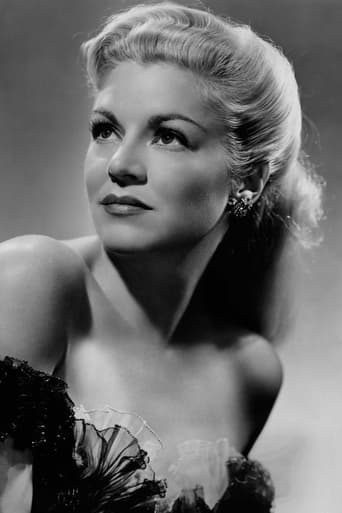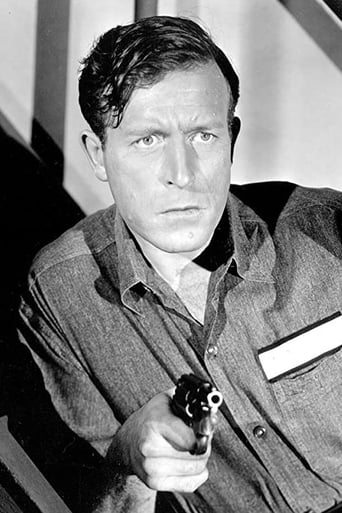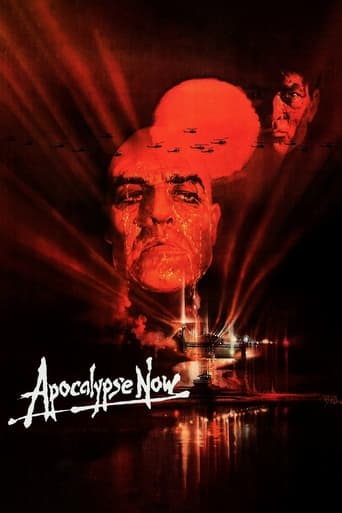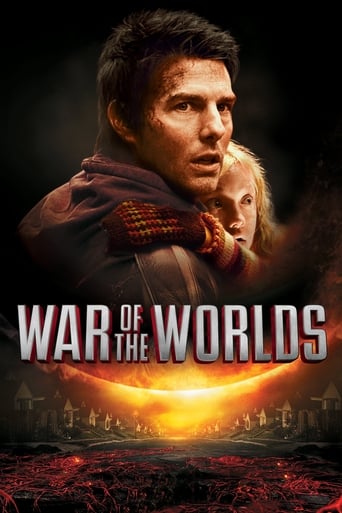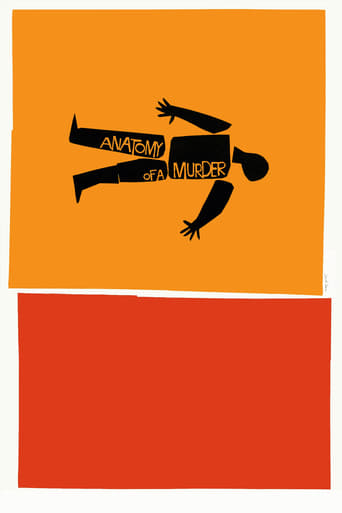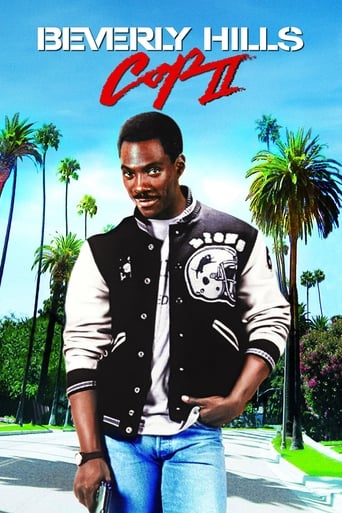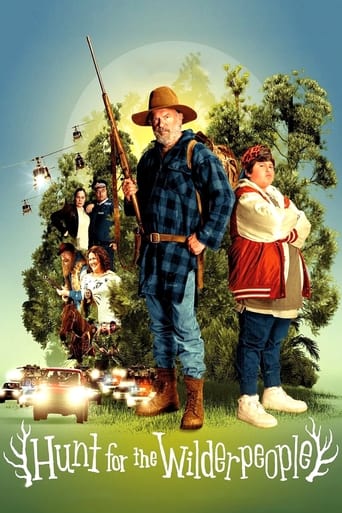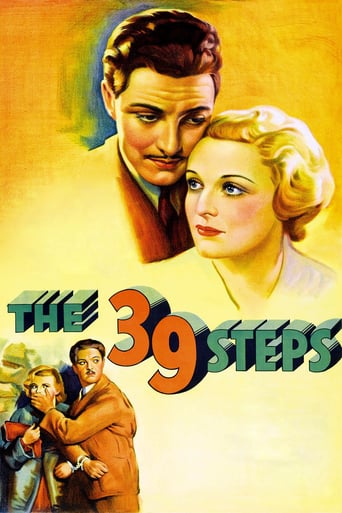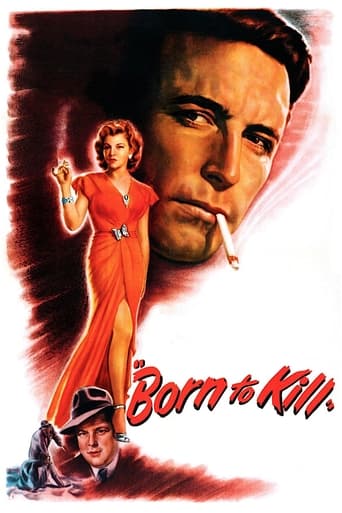
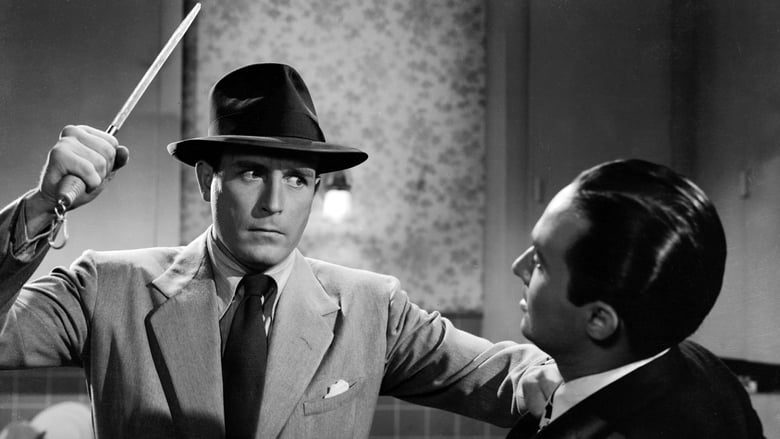
Born to Kill (1947)
Helen Brent has just received a Reno divorce. That night, she discovers her neighbor Laury Palmer and a gentleman caller murdered in Palmer's home. The killer is her neighbor's other boyfriend Sam Wilde, an insanely jealous man who won't abide anyone "cutting in" on him.
Watch Trailer
Cast


Similar titles
Reviews
A movie that is great in all respects. Actors, directors, producers, writers, cinematographers, and others in the motion-picture industry should watch this several times and LEARN from it ! Yes, it's in black & white. Very highly-recommended for mature audiences. 8/10.
This is a film with three different titles; it was released in America as "Born to Kill", in the U.K. as "Lady of Deceit" and in Australia as "Deadlier than the Male", a misquotation from Kipling's "The Female of the Species". (Kipling actually wrote "more deadly than the male"). The British and Australian titles refer to the film's main female character Helen Brent, the American one probably to her partner-in-crime Sam Wilde who, pace Mr Kipling, is more deadly than the female. Helen may be callous and amoral, but it is Sam who is the really dangerous one. (Helen never actually kills anyone during the film; Sam kills several people).The action begins in Reno, Nevada, where Helen, a San Francisco socialite, has gone to obtain a divorce. (We never see Helen's husband or learn why their marriage broke down; this detail seems to have been a moralistic touch pandering to those cinema-goers who would automatically assume that any divorcée was a "bad woman"). While in the city she meets, and is attracted to, the handsome Sam, who follows her back to San Francisco. Sam has a motive for leaving Reno, quite apart from Helen's good looks. He has just murdered his unfaithful girlfriend Laury and her lover, motivated less by jealous passion than by an insane obsession with saving face; he will not allow anyone to (as he puts it) "make a monkey" out of him.In San Francisco Sam makes two discoveries. The first is that Helen is engaged to be married. (Indeed, it would appear that she became engaged even before her divorce was finalised). The second is that Helen has a step-sister, Georgia, who is not only equally attractive but also the really wealthy one of the family. Sam therefore starts paying court to Georgia and, after a whirlwind romance, marries her, but their marriage does not prevent him from pursuing an affair with Helen.The film is sometimes described as "film noir" because of its lurid and violent plot, but only a few scenes are shot in the classic expressionist noir style. Much of the action takes place in Helen and Georgia's elegant mansion, making it, in visual terms at least, more of a high society melodrama. Noir tended to be a male-dominated genre with female actors in secondary roles ("Gilda" is perhaps something of an exception), but here Lawrence Tierney as Sam and Claire Trevor as Helen are roughly equal in prominence. The strong female character in a central role recalls "women's pictures" such as "Mildred Pierce", with the obvious difference that the heroine of a "women's picture" was generally someone admirable, or at least likable, and Helen is far from being either of those things.The main problem with the film, in fact, is that none of the characters are particularly admirable or likable. Tierney and Trevor throw themselves into their roles with gusto, and there is a good cameo from Walter Slezak as a worldly, cynical private detective. (Neither his worldliness nor his cynicism prevents him from quoting from the Bible or from well-known hymns; his favourite quotation, taken from Reginald Heber's "From Greenland's Icy Mountains", is "Where every prospect pleases, and only man is vile").The more virtuous characters, on the other hand, are generally weak or inconspicuous. Helen's fiancé Fred tends to fade into the background (although at least he has the sense to call off their engagement when he realises just how heartless Helen is). Audrey Long's Georgia comes across as weak and naïve; if she couldn't spot the arrogant, overbearing Sam as a wrong'un from the start she must have been naïve indeed.The film's other flaw is that characters often act in inexplicable ways. Although the story opens with a double murder, nobody seems to want to go to the police. (Indeed, the police do not make an appearance until the very end). Helen is the first to discover the bodies of Laury and her boyfriend, but for some reason doesn't think that a double killing is worth reporting to anyone. (Why?) Laury's landlady has her suspicions about Sam, but instead of reporting these suspicions to the police she decides to spend her own money in hiring a private detective to investigate. (Why?) Unanswered questions like these mean that the plot is full of holes.Robert Wise was a versatile director, able to turn his hand to a number of different genres. He started his career, for example, with that fine supernatural fantasy "Curse of the Cat People", and among his later hits was "West Side Story", one of the greatest musicals ever made. On the basis, however, of this overheated, lurid melodrama and of some of his other efforts in the genre, such as "The House on Telegraph Hill", I suspect that crime dramas may not have been his forte. 5/10
This film noir combines several murders with a couple very humorous characters. It opens in Reno where Helen (Claire Trevor) is getting a six-week 'quickie' divorce. While there, she stays at a boarding house run by a jolly beer-loving floozy, Mrs. Kraft (Esther Howard), who seems very impressed by one of her fun-loving tenants, Laury (Isabel Jewell).One night while in a local gambling establishment, Laury and Helen are both seen by one of the gamblers there, Sam Wilde (Lawrence Tierney). When Sam follows Laury and her boyfriend home, he kills them both out of jealously. Helen later comes home to find both bodies on the kitchen floor but--without being too shocked by the sight, she walks away from the scene so as not to get involved with a 'messy situation' before returning home to San Francisco the next day.In the meantime, we learn that Sam is, literally, a homicidal maniac and that his friend, Marty (Elisha Cook Jr.), has to keep him out of trouble by sending him out of town, pronto. As a result, Sam and Helen re-meet on the train headed for San Francisco. Without knowing of each other's role in the dual murder, the two become friends during the trip. When they arrive in town, Helen gives Sam her address and suggests a hotel for him to stay at as she goes home to her foster-sister, Georgia (Audrey Long), and new fiancé, Fred (Phillip Terry), both of whom are wealthy. When Sam shows up at Helen's house, he meets the foster-sister; learns that she is wealthy; convinces her that she is beautiful--something she doesn't see in herself--and ends up marrying her. However Helen, who has always resented Georgia for her money, now also resents her for her husband too. (It's clear that she's more of a kindred spirit to the 'taking' Sam than her 'giving' fiancé, Fred.)The story is moved along when Mrs. Kraft hires a crafty private detective, Albert Arnett (Walter Slezak), to find out who killed Laury. Arnett's investigation takes him from Reno to San Francisco, where the story's climax plays out with often-humorous scenes involving Elisha Cook, Jr., Walter Slezak, and Esther Howard.Born to Kill is a good movie with some of the best noir stars. My appreciation of Claire Trevor's talents—especially for mollish characters (Stagecoach and Key Largo) and as a femme fatales (Murder, My Sweet). My only disappointment with this movie is that the ending was somewhat predictable.
Odd things are happening in this picture, and at the Hays Office obviously all were sound asleep: A stinking rich Miss Supersweet is marrying a brick-faced lowlife hunk who preferably shares his bed with an old buddy from jail, while the millionaire girl's foster sister gets soaking wet when it comes to gory murder. Here, in 1947, RKO finally delves headlong into the abyss of Krafft-Ebings Psychopathia sexualis, and though the fatal-attraction plot may not be entirely plausible, Robert Wise's direction is taut and trim, the timing pure excellence, while angel-faced and downright ravishing Claire Trevor – marvelously dressed in one stunning ensemble after another by costume designer Edward Stevenson (Out of the Past) – gives the probably best performance of her career opposed to Lawrence Tierney, the Most Vicious Mutha ever to roam Hollywood Boulevard. Despite its icy brutality a melodrama at heart, Born to Kill moves along the slickest ground amour fou terrain has to offer, chock-full of malevolence, aggression, sexual deviance and a stranglehold feel of utter depravity. The NYT called Wise's first noir "not only morally disgusting, but an offense to a normal intellect" back then. So much about the high art of pushing the envelope.


